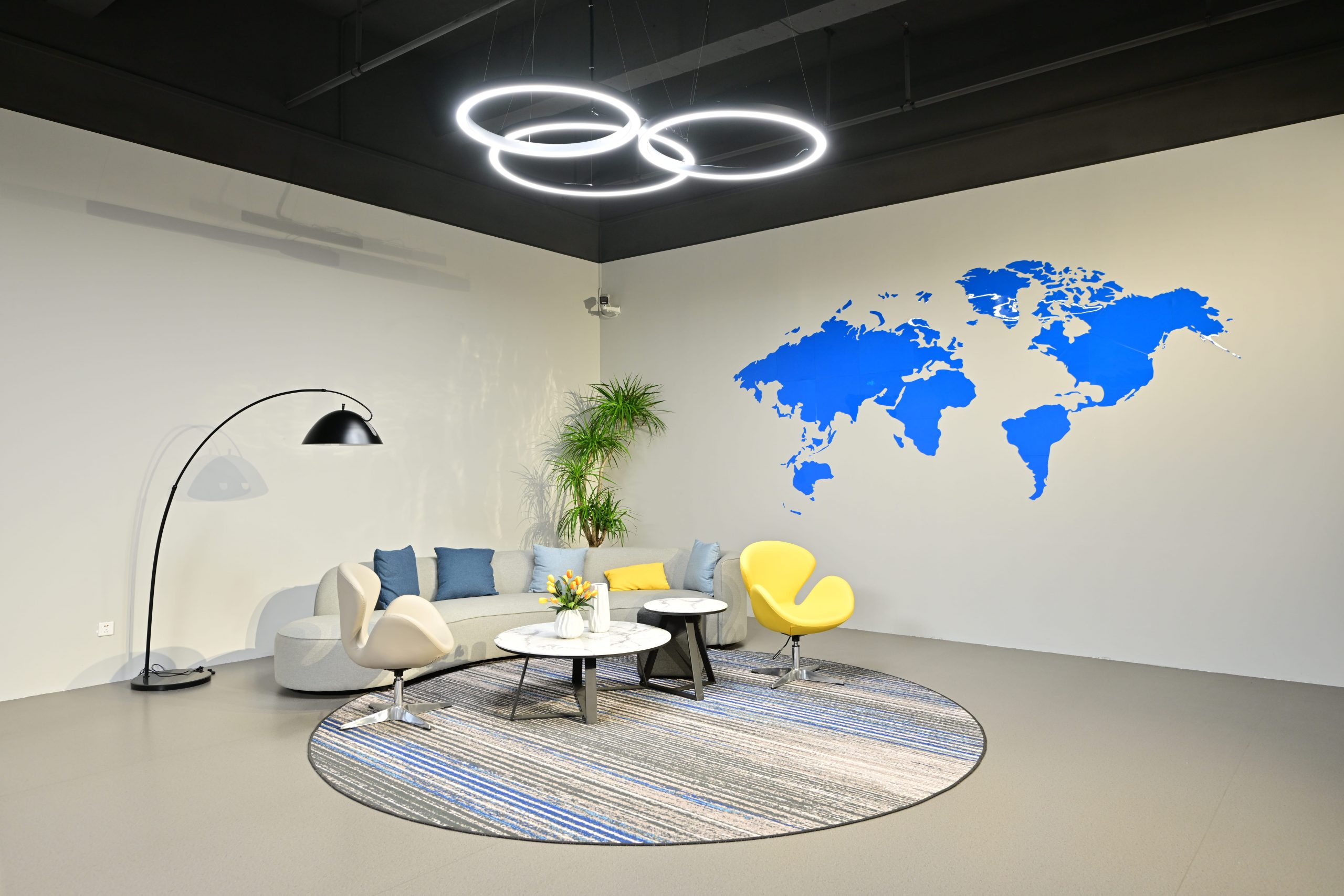Every development goes through a prototype. This is not something new, even in ancient times from major architectural projects to little devices have gone through designs phases where the creative minds behind them need to pool their resources to make their ideas functional. The final stage of this development process was the creation of a prototype.
The prototype is where all details regarding a design will be examined and highlighted, is where we can notice what work and what doesn’t with our ideas. Every mind that has conceived a product can easily say that building a prototype is often acknowledged as the longest part of getting a product approved and sent to ass production.
Table of Contents
ToggleWhat is Rapid Prototyping and why is an Improvement?
When it comes to dealing with prototypes, the situation about producing them has improved greatly by leaps and bound thanks in no small part t technological developments. These days there is a discipline named “Rapid Prototyping” that is being adopted by more industries with each passing day since it has proven to be a much more cost-effective method than traditional tooling?
A quick definition of Rapid Prototyping would be the use of a series of modern techniques closely tied with technological means to bring forward a model of a product to life to assets its functionality on shortened development cycles. The techniques used in this manufacturing process are based on 3D modeling and 3D printing as well as the use of synthetic materials such as photopolymers, plastics, and adhesives to bring the prototype to life.
How does Rapid Prototyping Works?
While making the comparison between traditional tooling and rapid prototyping is inviting, this is not why we are here for. To understand how rapid prototyping works you need to understand the four fundamental pillars of the process as they conceived currently:
• Input Modeling
This is the stage where the creative teams brainstorm their ideas about the product. All the data is collected and trimmed by 3D designers using their choice of software. Although some teams still use the physical approach to create a rough prototype, the final ideas are laid out using computer-aided system (CAD) where it can be “molded” by designs services without needing to tear down a physical model each time a detail or a way to improve it is found.
• Choice of Materials
To manufacture the prototype using rapid prototyping techniques you have a number of choices more diverse than old tooling methods. Based on the type of technology you are working with, you will either conceive your prototype using wax, resins, ceramics or even metals. Some 3D printing machines use these raw materials in powder state while others use them on a liquid state.
• Manufacturing Method
In this stage, a 3D printed prototype can be put together. The developing team will determine based on the oversight of this prototype which is the best method to manufacture the product. The examination of the prototype might create an endless number of revisions and even a full redesign of the product at some point. When the stage is completed, the creative team will know how each part of the product stays in place.
• Application of the Modeling
After enduring all the needed revisions, the prototype will receive approval, and with some luck, it will be mass manufactured. By using rapid prototyping techniques, disciplines such as engineering, planning, and architecture design have become much more prolific since they are able to deliver changes on tighter deadlines with amazing results.







